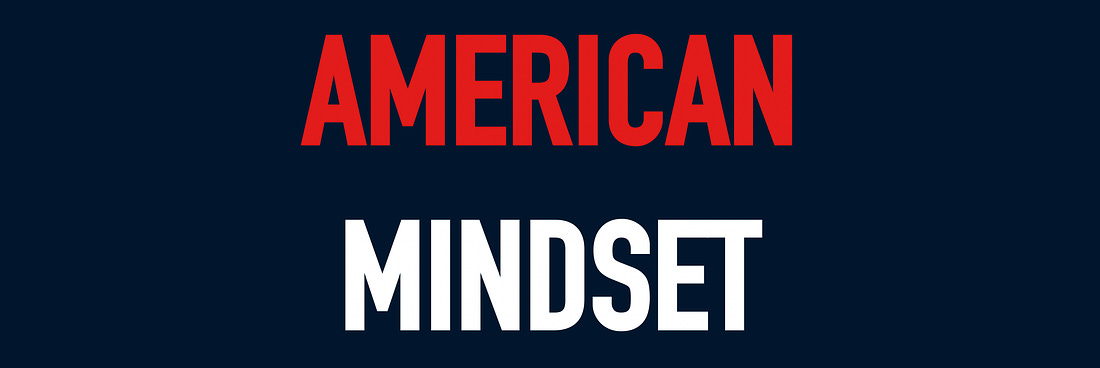 |
Should euthanasia be legal? Why or why not?
Even in the most justifiable or merciful of circumstances, there is something primally creepy and dangerous about euthanasia, something which happens best away from the eyes of all.
In the social theory of sacred order used by Philip Rieff, between the categories of what must not be done and what is allowed there is a third and delicate category of that which is not to be done but done—“remissions,” as he calls them. Euthanasia is inherently an exception to the rule; how do you make a rule out of such an exception?
To do so is to relocate the remissive act from the hidden place where moral necessity barely overwhelms moral shame to the public place where, as so often happens, the shameful is recast as the necessary, even the exemplary.
Everyone knows of circumstances where they would be a monster not to put someone in hideous extremity out of their misery. Everyone knows circumstances where they would plead with a bystander to do exactly this. Legalizing euthanasia morally normalizes it, creating a secret guilt that only more enthusiasm for euthanasia can pretend to paper over. We should put ourselves out of this misery, especially before it happens.
-James Poulos, executive editor of The American Mind
Euthanasia in the sense of having a “good death” should be the goal of all sensible people. Dying pleasantly and painlessly in one’s sleep or breathing one’s last breath in peaceful consciousness of passing out of life is is the best we can hope for in our departure from the misery and pain of life.
On the other hand what people mean by “euthanasia” is assisted suicide or, more starkly, mercy killing. Here we enter a tricky ethical realm. Most people agree that extending human suffering through medical intervention at all costs is neither prudent regarding resource-use nor compassionate. There’s no getting around death, and there’s no reason to prolong a dying person’s misery.
That’s the logic behind “pulling the plug” on brain dead people who are only technically alive through mechanical means. And that’s what hospice—arguably a form of euthanasia that stresses palliation and non-intervention—is for: to let people die without pain and with some dignity.
It’s only a few steps from there to taking affirmative actions toward ending life through giving people the means to kill themselves, or killing them with consent. In countries that allow this practice the definition of unbearable suffering has been extended to teenagers with severe depression.
Seems to me we ought not to encourage suicide...but on the other hand, some people wracked with torment appear to have a pretty good case to be allowed to close the door.
-Seth Barron, managing editor of The American Mind
It seems to me our ethical reasoning suffers from always being framed in terms of “legal or illegal.” If there’s any “binary” I want to “abolish,” it’s that one. The law is a blunt instrument: in the case of euthanasia, we are up against a catch-all term designating any number of situations, whose serious differences in moral valence are obscured by calling them one thing and making one law about them. A comatose 14-year-old is different from a septuagenarian facing down years of painful illness, is different again from a young woman who merely sees no reason to live.
And law itself is greyer in real life than in the abstract: I know of a man who had plainly reached the end of his functional life, and when the time came doctors informed his next-of-kin that they would stop giving him “pain medications.” Everyone knew what that meant; the law forbade it but they all looked the other way. What’s more, they knew they were right to do so. He had in any case died already, in all but the literal sense. What am I to say of such a thing, except that there are some intimately personal regions of pain and loss that the law must not touch in practice, even if it applies in theory?
In “Quantity versus Form,” Wendell Berry recalls a dear family friend who reached a state of acceptance and satisfaction at the end of her life. But for who knows how long after that, her doctors made a convoluted and painful effort to keep her alive as long as possible. “And so a life in every sense complete had to suffer at its end this addendum of useless and meaningless pain.”
Berry concludes, “the ideal of a whole or a complete life...now appears to have been replaced by the ideal merely of a long life.” I think there is evidence all around us that he was right—consider for example how many people are willing to dribble away their lives in lonely isolation, staring dully at a cold screen indoors, rather than face even the remotest possibility of premature death by coronavirus. If you want a quick insight into your spiritual health, ask yourself whether there is anything you would rather die than do.
I would suggest as a rule of thumb that it is moral to refrain from interventions which would painfully prolong for a short while the kind of life the patient would rather not suffer. I would suggest also that killing someone who can live a long and productive life, but does not wish to endure the physical or emotional discomfort involved, is wrong.
By working between these two poles I suppose you could derive a number of other general statements and guidance for various individual situations. But to prescribe more than that, to intrude on those moments of tender agony when family must choose for their beloved a moment of proper death, would be to thrust philosophy and theory into a darkness that the heart must navigate by love alone.
-Spencer Klavan, associate editor of The American Mind
If you liked this post from American Mindset, why not share it?

